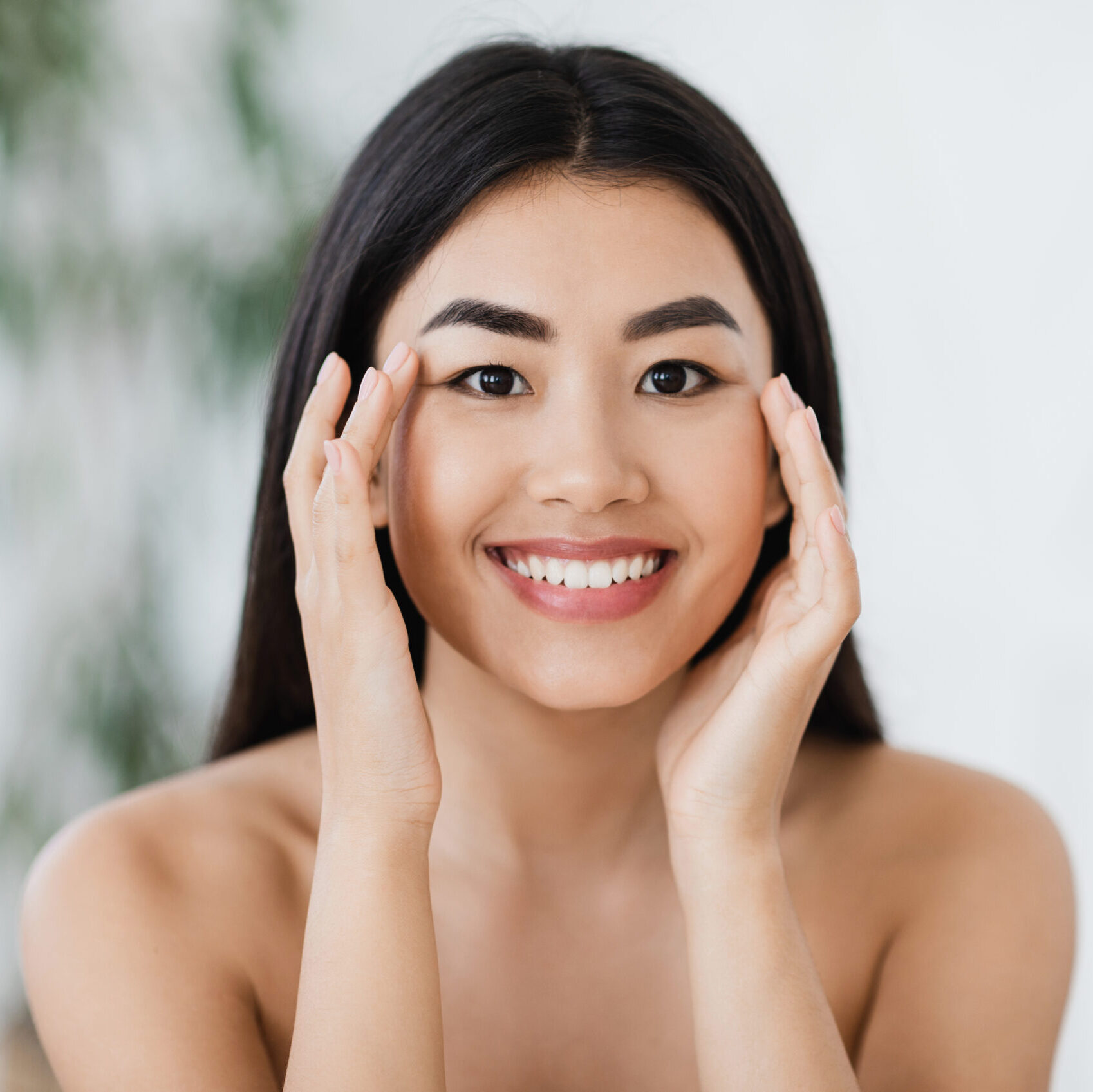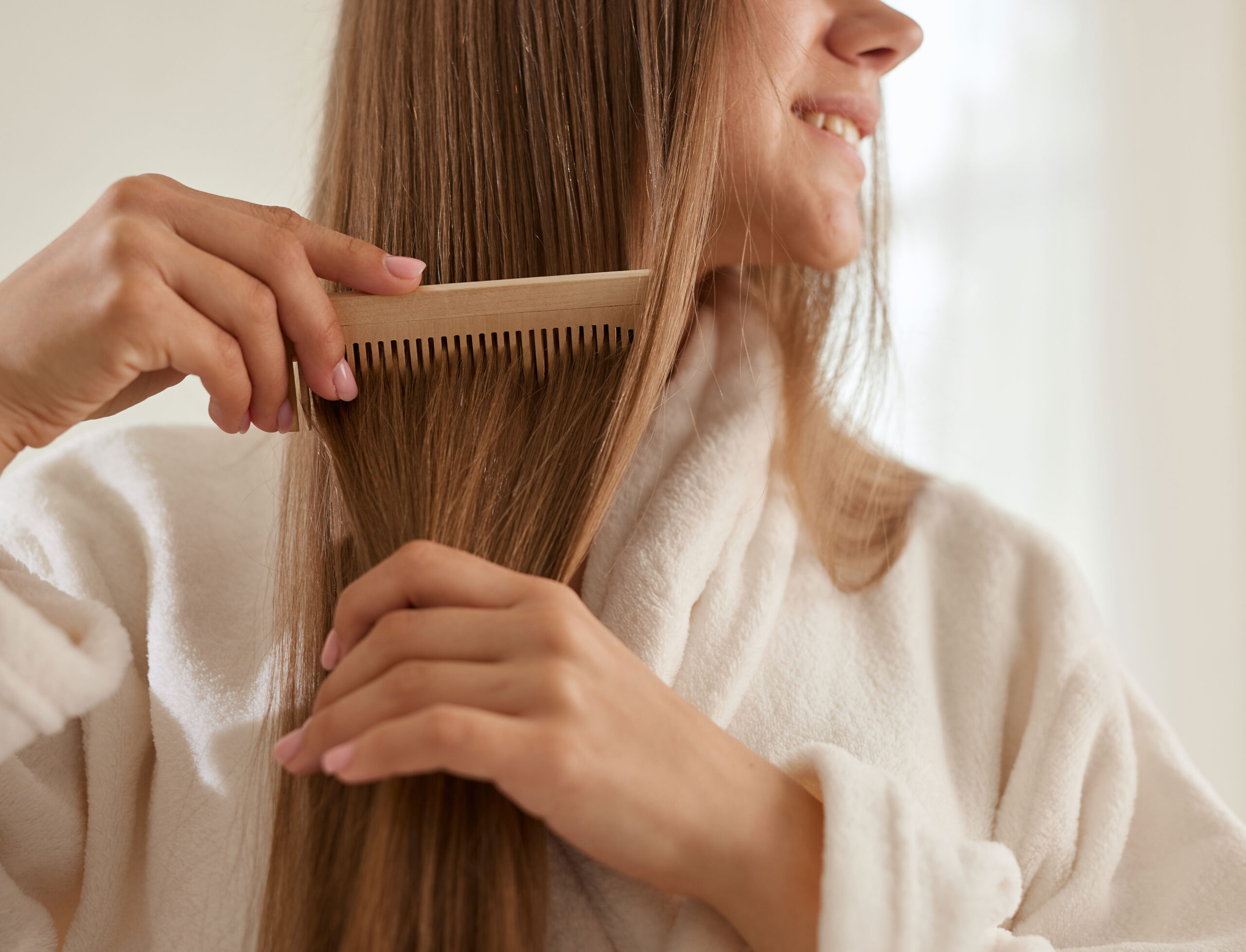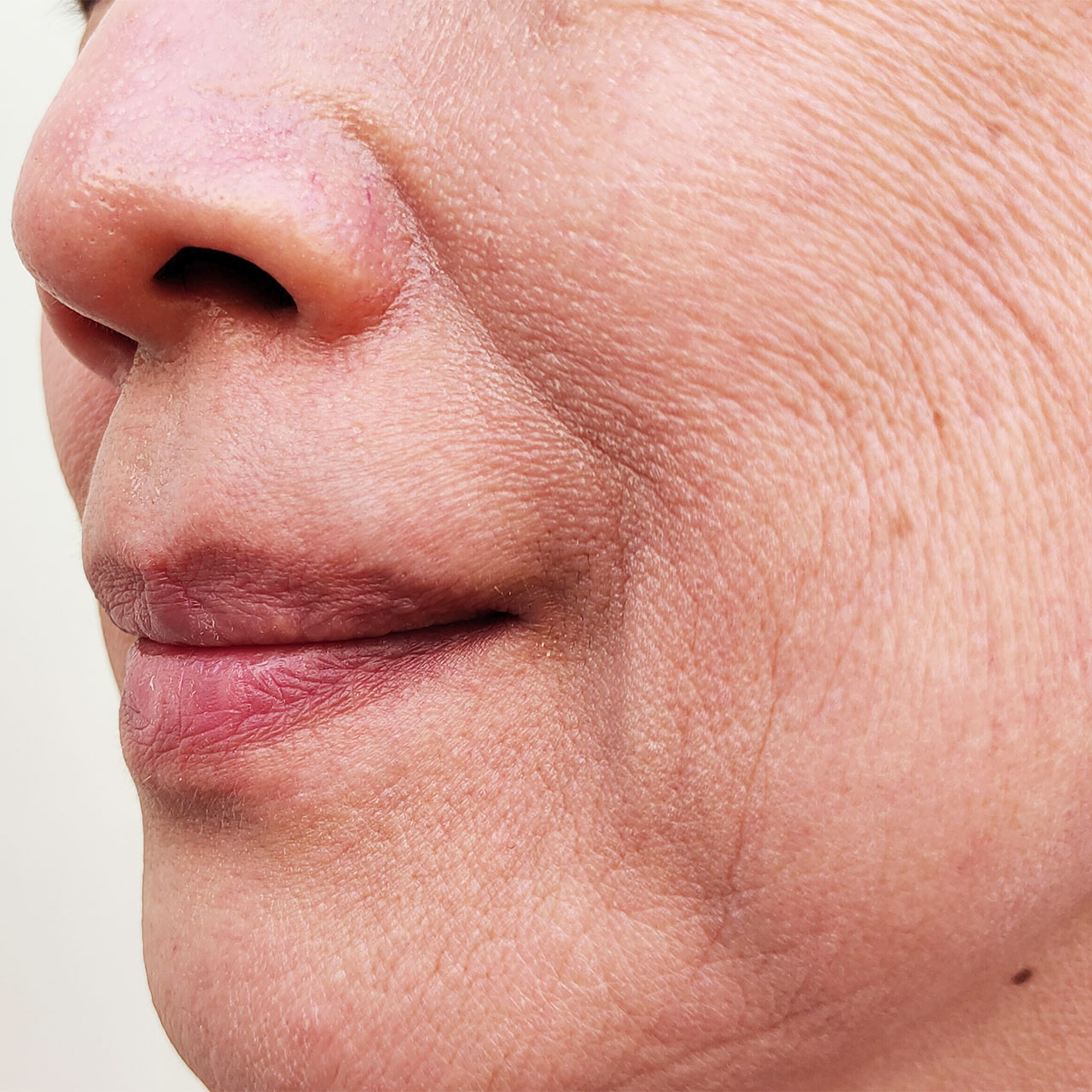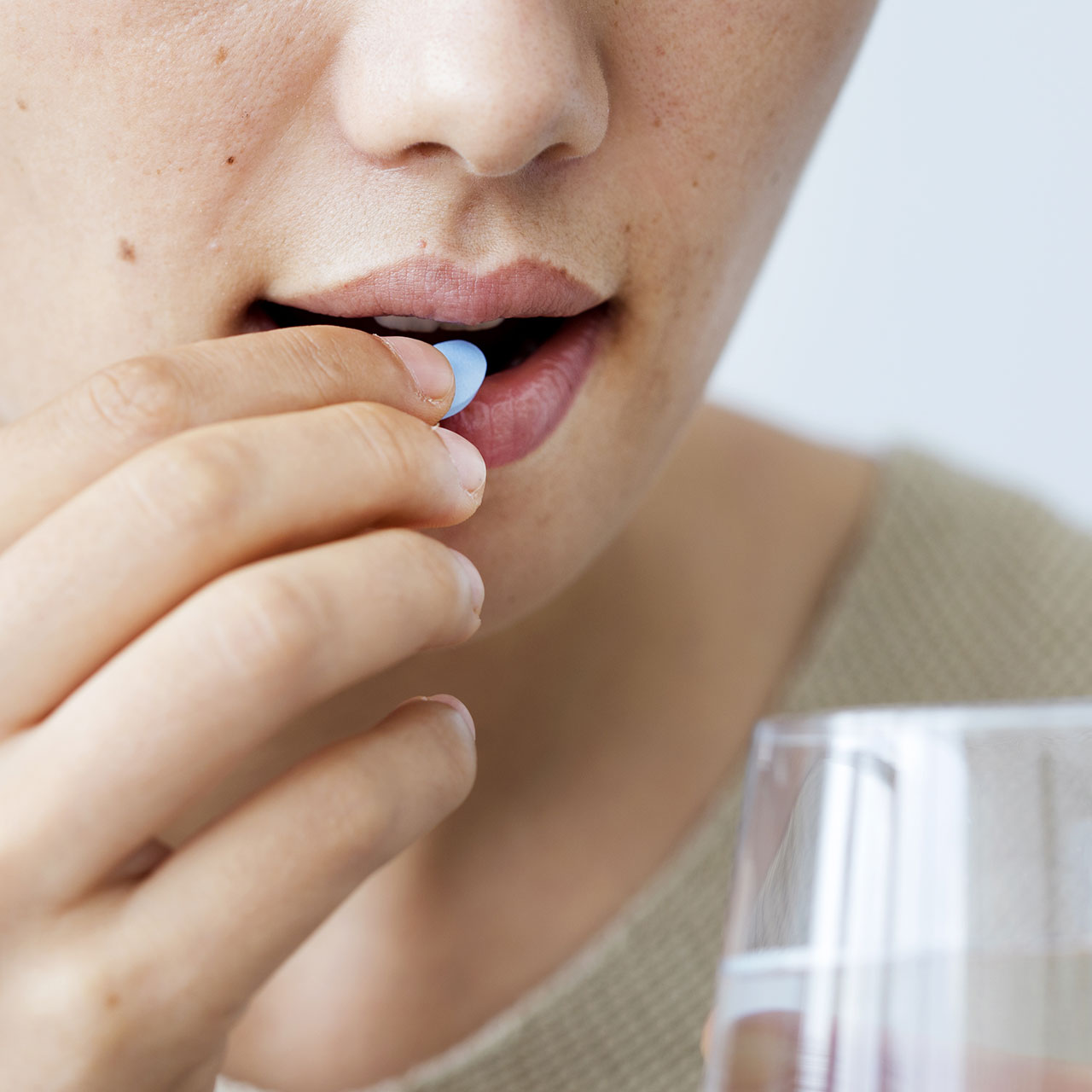When you experience hair loss — any hair loss – it can feel like life has gotten out of control. Suddenly you’re faced with brushes, combs, and bathroom floors filled with more strands of hair than ever before. Maybe you take steps to control thinning and shedding hair by not washing your hair as often or never brushing it. But these solutions aren’t sustainable, or even encouraged by hair experts.
Hair loss can be caused by several different factors that range from the most common — hormonal changes, genetics, and stress — to less likely, but still plausible culprits, such as medicines you’re taking and nutritional deficiencies. There’s no one universal answer to the question: “How can I get my hair to stop shedding?” Your solution may look very different from your BFF’s hair loss solution. But here’s what both have in common: worrying won’t help and can even make the problem worse. And, according to hair experts like Board-Certified Dermatologist Dr. Jenny Liu, there are treatments that may help prevent androgenetic alopecia or even reverse it.
Here are some options that may be worth trying.


Hair Loss Is Common
Before we even get into treatments, an important fact to keep in mind, because hair loss can feel lonely: you’re far from alone. In fact, Dr. Liu says that 40 to 50 percent of women will experience genetic hair loss at some point in their lives. You could be genetically predisposed to female pattern hair loss. The way women lose hair is often different from men, as well, with most of the concentration of thinning occurring at the crown of the head, where you’d part your hair.
Interestingly, a lot of the same treatments that work on male pattern baldness also work on female scalps.

Total Baldness Is Unlikely
Now that you’ve been reminded you aren’t the only one losing hair, here’s another important fact, according to Dr. Liu. If you leave female pattern baldness untreated, it can progressively get worse and that will mean seeing more thinning hair and finer strands over time. But you won’t — we repeat, won’t — likely go completely bald. Dr. Liu says this is not something that is likely to happen. Since stressing about your hair loss can make hair loss worse, trying to keep this in mind might help alleviate some of your anxiety.

Treatment: Topical Minoxidil
Topical Minoxidil is the only FDA-approved treatment for female pattern baldness, we regret to inform you. As far as hair treatments go though, it’s deemed effective and Dr. Liu recommends starting with a 5 percent Minoxidil foam. It works by increasing blood flow to the scalp and benefitting hair growth follicles. It doesn’t work for everyone, but Dr. Liu says it has been shown to be effective in 60 percent of people who consistently applied it.
It’s important to be patient and give Minoxidil three to six months to start working. It can also cause more hair shedding at first, before the situation improves. Another crucial component: in order to continue seeing benefits on Minoxidil, you’ll have to continue using the medication.

Treatment: Low-Level Laser Therapy
We don’t know exactly how it all works just yet, but low-level red light therapy has been shows to stimulate hair follicles and encourage hair growth. Similar to Minoxidil, you’ll have to schedule regular light laser therapy sessions to keep up the benefits of this treatment. Dr. Liu recommends combining red light therapy combs or caps with another hair treatment, like Minoxidil, to see more significant benefits.

Treatment: In-Office PRP Injections
If you’ve tried at-home procedures and products or want to bypass them and ask for a dermatologist’s hand in helping regrow hair, PRP injections are a solid option. Although PRP can be used alone, Dr. Liu again stresses that they are better as a complementary treatment alongside prescription-strength foams.
There are also oral prescription medications used to regrow hair, including finasteride. Before you start any medication, even one for hair growth, talk to your doctor and have a frank conversation about side effects. With finasteride, for example, Dr. Liu says there is some proof that it’s more effective in post-menopausal women and that it can cause decreased libido and other issues.
There’s nothing fun about dealing with shedding and thinning hair. But there are options available to treat moderate to mild hair loss — talking to a dermatologist is your first step toward getting answers.


























